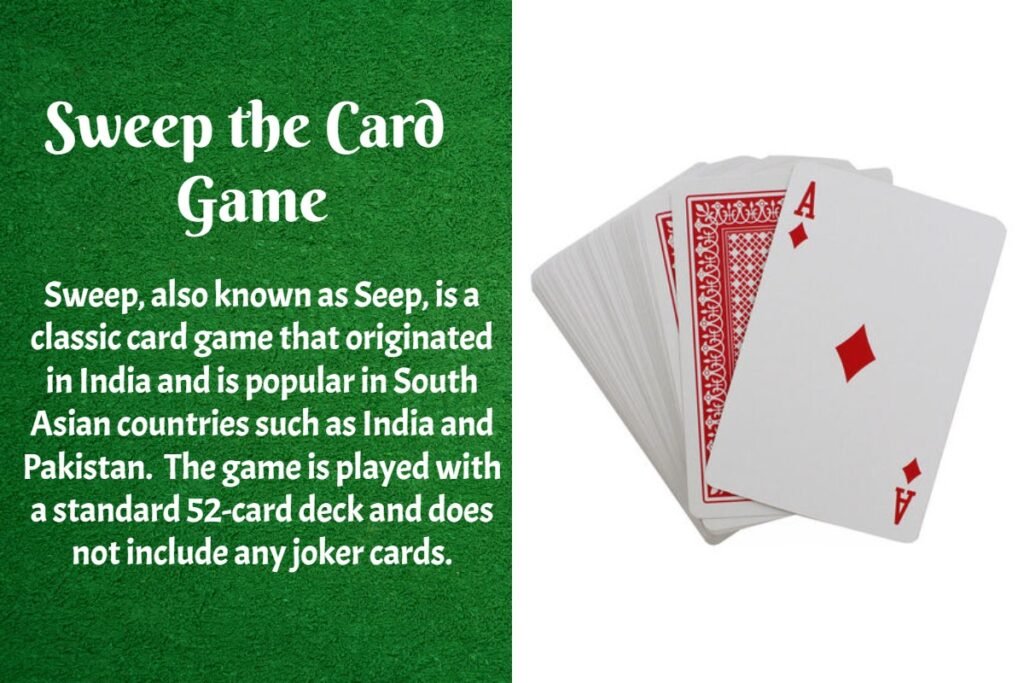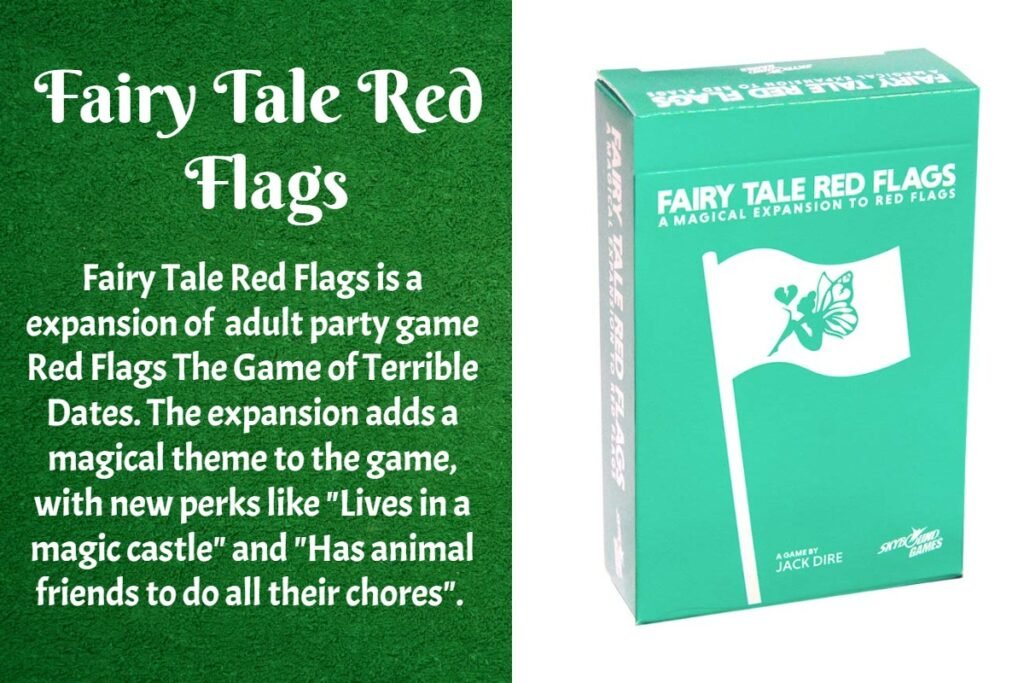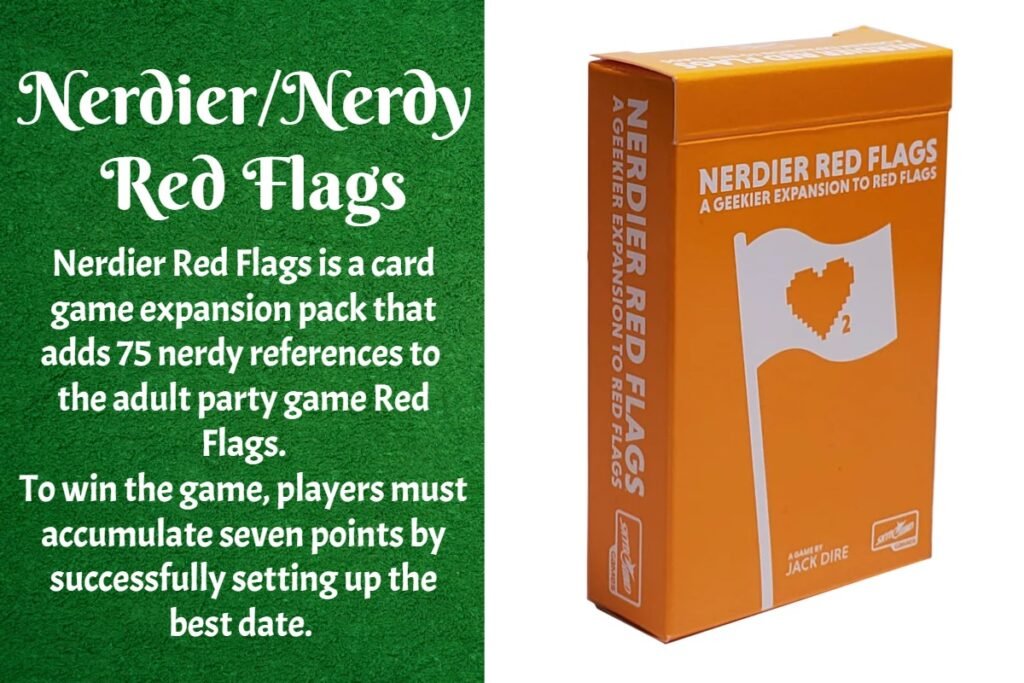To play Phase 10, the goal is to be the first to complete all 10 phases. On your turn, you draw a card from the draw or discard pile, lay down the required cards for your current phase if you have them, then add to any sets or runs on the table, and finally, discard one card. Phases must be completed in order, and you can only make one phase per round. If you don’t complete your phase, you retry it next round; if you do, you move to the next phase. The first player to complete Phase 10 wins, or if multiple players finish Phase 10 in the same round, the player with the lowest score wins.

Phase 10 Instructions
Phase 10 is a card game created by Kenneth Johnson in 1982 and sold by Mattel, a rummy-type card game based on contract rummy. In Phase 10, players play 10 cards each and must complete 10 phases, one at a time. Phase 10 is a fun and exciting card game that tests your memory, logic, and strategy skills. It is a game that players of all ages and skill levels can enjoy, as it has simple rules but complex gameplay. You can buy it from Amazon.com.
Phase 10 Phases:
- Two sets of three
- One run of seven
- Seven cards of the same color
- Collecting runs of numbers
- Collecting a certain number of cards of a given color
In the game of Phase 10, players must complete 10 phases in order. At the end of each round, players add up their scores based on the remaining cards in their hand. The player with the lowest score at the end of the game wins. To play, each player is dealt 10 cards and takes turns drawing and discarding cards to complete their phases. Wild cards can be used to substitute any color or number.
Phase 10 Cards
- A deck of 110 cards, which consists of 24 cards each in red, blue, yellow, and green, numbered from 1 to 12 twice, plus 4 skip cards and 8 wild cards. You can use any standard playing cards, or you can buy special Phase 10 cards that have different colors and symbols for each suit.
- A score pad and a pen to keep track of the points. You can use any paper and pen, or you can use the score pad that comes with some versions of the game.
- A timer to limit the duration of each round. You can use any device that can count down the time, such as a stopwatch, a phone, or a clock. You can set the timer to one, two, or three minutes, depending on how long you want to play.
The cards in Phase 10 have different roles and rules in the gameplay:

- Wild cards, such as jokers and 2s, can replace any other card in a meld. However, they have some restrictions, such as you must have at least one natural card in your meld. You cannot make a meld with only wild cards.
- You cannot use a wild card as a substitute for a 3, which is a special card.
- Once a wild card is played in a meld, it cannot be moved or replaced by another card.
- 3s are special cards, which cannot be used in a meld. Instead, they have different effects depending on their color, such as Red 3s are bonus cards, which give you extra points at the end of the game. You must place them face up on the table as soon as you get them, and draw another card to replace them.
- Black 3s are freeze cards, which prevent you from picking up the discard pile. You must place them on top of the discard pile when you discard them, and the next player cannot take the pile.
- Aces are high cards, which rank above kings. They can be used to form a meld with other aces, or with kings and queens.
- 4s to 7s are low cards, which rank below 8s. They can be used to form a meld with other low cards, or with 8s and 9s.
- 8s to kings are high cards, which rank above 7s. They can be used to form a meld with other high cards, or with aces and jokers.
- Now let’s discuss the rules of Phase 10 card game and how you can play it.
Phase 10 Rules

- The goal of the game is to get rid of all your cards by forming them into melds or groups on the table.
- The game is played by two teams of two players each. Partners sit across from each other at the table.
- Each player has two sets of cards: the hand, which they use first, and the foot, which they use later. The hand can be looked at, but the foot must be kept face down until the hand is used up.
- Jokers and 2s are wild cards, which can be used to replace any other card in a meld. However, certain rules must be followed. The first rule states that you must have at least one genuine card in your group. You cannot make a group only with fake cards.
- You cannot use a wild card as a substitute for a 3, which is a special card.
- Once you play a wild card in a meld, you cannot move or replace it with another card.
- 3s are special cards, which cannot be used in a meld. Instead, they have different effects depending on their color, such as: Red 3s are bonus cards, which give you extra points at the end of the game. You must place them face up on the table as soon as you get them, and draw another card to replace them.
- Black 3s are freeze cards, which prevent you from picking up the discard pile. You must place them on top of the discard pile when you discard them, and the next player cannot take the pile.
- Aces are high cards, which rank above kings. You can use them to form a meld with other aces, or with kings and queens.
- 4s to 7s are lower than 8s in card ranking. You can use them to form a meld with other low cards, or with 8s and 9s.
- 8s to kings are high cards, which rank above 7s. They can be used to form a meld with other high cards, or with aces and jokers.
Phase 10 extra phases
These are additional phases that some players use to extend the game or make it more challenging. They can be created by the players themselves, or found online. Some examples of extra phases are: 1 run of 5 of one color, 8 cards of one color, 9 cards of one color, etc.
Phase 10 twist rules
These are rules for a variant of Phase 10 that adds more strategy and unpredictability to the game. In this version, players can choose which phase to attempt on each deal, based on the cards they are dealt. They also have to deal with twist phase cards, which are special cards that change the phase requirements or the gameplay.
Phase 10 skip rules
These are rules for using the skip card, which is a card that allows you to make another player lose a turn. When you discard a skip card, you can choose any player to skip their next turn. A skip card cannot be picked up from the discard pile, only from the draw pile. If a skip card is the first card turned up at the start of the game, the first player loses a turn.
Phase 10 Masters edition
This is a version of Phase 10 that adds more complexity and challenge to the game. In this version, each player has a set of 10 phase cards, one for each phase. They can choose which phase to attempt on each deal, but they have to complete the phases in order. They also have to deal with save piles, which are piles of cards that can be saved for later use.
Phase 10 points
These are the points that are used to score the game and determine the winner. Each card has a point value, depending on its number or type. At the end of each round, the players count the points of the cards left in their hands and add them to their total score. The player with the lowest score at the end of the game wins.
How to Play Phase 10 Card Game
Phase 10 is a game that can be played with any standard playing cards, or with special Phase 10 cards that have different colors and symbols for each suit. The game also uses jokers and 2s as wild cards, which can replace any other card in a meld, and skip cards, which make another player lose a turn.
The goal of the game is to be the first to complete all 10 phases with the lowest score. Each round, you draw a card from the draw pile or the discard pile, and try to make the phase you are on. If you do, you lay down your cards and try to get rid of the rest by discarding or hitting on other players’ phases. If you don’t, you keep your cards and try again next round. The round ends when someone goes out and the scores are calculated.
- To start the game, shuffle all the decks together and place them in a pile face down. This pile is called the stock.
- Deal 11 cards to each player, twice. The first set of 11 cards is called the hand, and the second set of 11 cards is called the foot. Each player can pick up and examine the hand, but they must keep the foot face down and not look at it until they use up the hand.
- Turn over the top card of the stock and place it next to the stock. This card starts the discard pile, where players can take or leave cards during the game. If the card is a 3 or a Joker, which are special cards, put it back in the stock and turn over another card.
- The person to the left of the dealer begins the game. They draw two cards from the stock and check their hand for sets of at least three cards of the same rank. These sets are called melds, and they can be placed on the table in front of the player.
- The player can add cards to their partner’s or their own melds from previous turns. The player ends their turn by discarding one card to the discard pile.
- The next player can either draw two cards from the stock or take the entire discard pile if they have two cards of the same rank as the top card of the pile. They must immediately meld these three cards, along with any other card they want to play. After picking cards from the discard pile, they have to complete their turn by discarding one card.
- The game continues clockwise, with each player drawing, melding, and discarding cards. The game has four rounds, and each round ends when one player runs out of cards in their hand. Then, they pick up their foot and continue playing with it. The other players also finish their hands and start their feet as soon as possible.
- The game ends when one player runs out of cards in both their hand and their foot. The player known as the “go out” player receives a bonus for ending the game. The other players can play one more turn each, and then the game is over.
- To score the game, each team counts the value of their melded cards and subtracts the value of their remaining cards. The team with the highest score wins the game.
Other Card Games Explained
FAQs
How many cards are dealt in phase 10?
Each player is dealt 10 cards at the beginning of each round.
Where can I find the phase 10 score sheet?
You can download a printable phase 10 score sheet from this website. It also includes the phases, scoring, and an example
What are different phase 10 different phases?
The phases are the combinations of cards that you need to complete to advance in the game. 10 phases in total, and they are as follows:
- Phase 1: 2 sets of 3 cards (two 3 of a kind)
- Phase 2: 1 set of 3 cards and 1 run of 4 cards
- Phase 3: 1 set of 4 cards and 1 run of 4 cards
- Phase 4: 1 run of 7 cards
- Phase 5: 1 run of 8 cards
- Phase 6: 1 run of 9 cards
- Phase 7: 2 sets of 4 cards
- Phase 8: 7 cards of one color
- Phase 9: 1 set of 5 cards and 1 set of 2 cards
- Phase 10: 1 set of 5 cards and 1 set of 3 cards
How many cards do you get in phase?
You get 10 cards in each round, regardless of the phase you are on.
How to win phase 10?
The game has 10 phases, and each phase requires a different combination of cards, such as sets of one color, runs of consecutive numbers, or a mix of both. You can only move to the next phase if you complete the current one, and the first player to complete phase 10 wins the game.
How many cards are in a phase 10 deck?
A phase 10 deck has 108 cards: 96 number cards (1 to 12) in four colors, 8 wild cards, and 4 skip cards.
Discover more from Learning Board Games
Subscribe to get the latest posts sent to your email.




